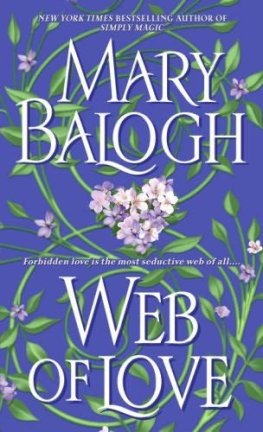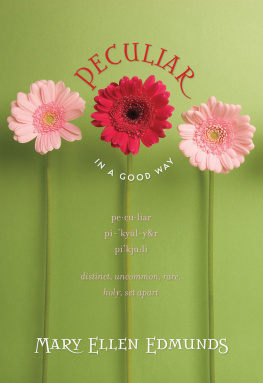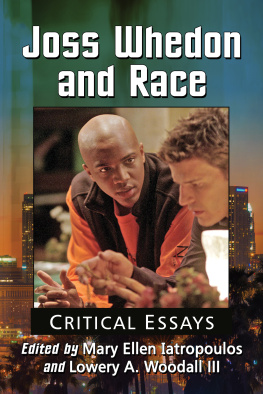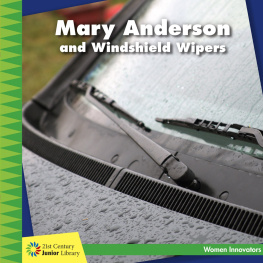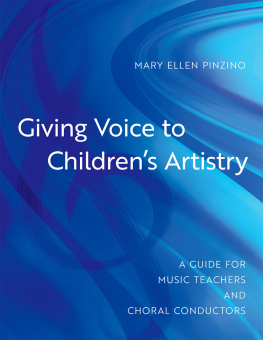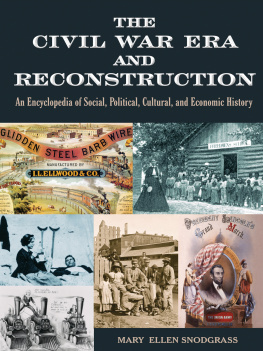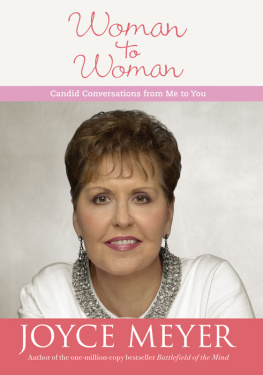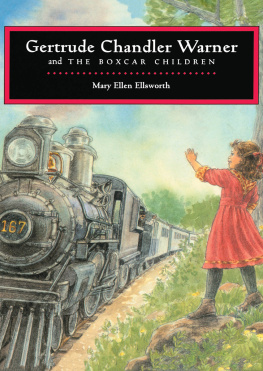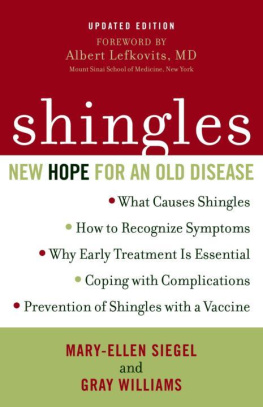Mary Ellen Rickey - Rhyme and Meaning in Richard Crashaw
Here you can read online Mary Ellen Rickey - Rhyme and Meaning in Richard Crashaw full text of the book (entire story) in english for free. Download pdf and epub, get meaning, cover and reviews about this ebook. year: 2021, publisher: UP of Kentucky, genre: Children. Description of the work, (preface) as well as reviews are available. Best literature library LitArk.com created for fans of good reading and offers a wide selection of genres:
Romance novel
Science fiction
Adventure
Detective
Science
History
Home and family
Prose
Art
Politics
Computer
Non-fiction
Religion
Business
Children
Humor
Choose a favorite category and find really read worthwhile books. Enjoy immersion in the world of imagination, feel the emotions of the characters or learn something new for yourself, make an fascinating discovery.

- Book:Rhyme and Meaning in Richard Crashaw
- Author:
- Publisher:UP of Kentucky
- Genre:
- Year:2021
- Rating:3 / 5
- Favourites:Add to favourites
- Your mark:
- 60
- 1
- 2
- 3
- 4
- 5
Rhyme and Meaning in Richard Crashaw: summary, description and annotation
We offer to read an annotation, description, summary or preface (depends on what the author of the book "Rhyme and Meaning in Richard Crashaw" wrote himself). If you haven't found the necessary information about the book — write in the comments, we will try to find it.
Rhyme and Meaning in Richard Crashaw — read online for free the complete book (whole text) full work
Below is the text of the book, divided by pages. System saving the place of the last page read, allows you to conveniently read the book "Rhyme and Meaning in Richard Crashaw" online for free, without having to search again every time where you left off. Put a bookmark, and you can go to the page where you finished reading at any time.
Font size:
Interval:
Bookmark:
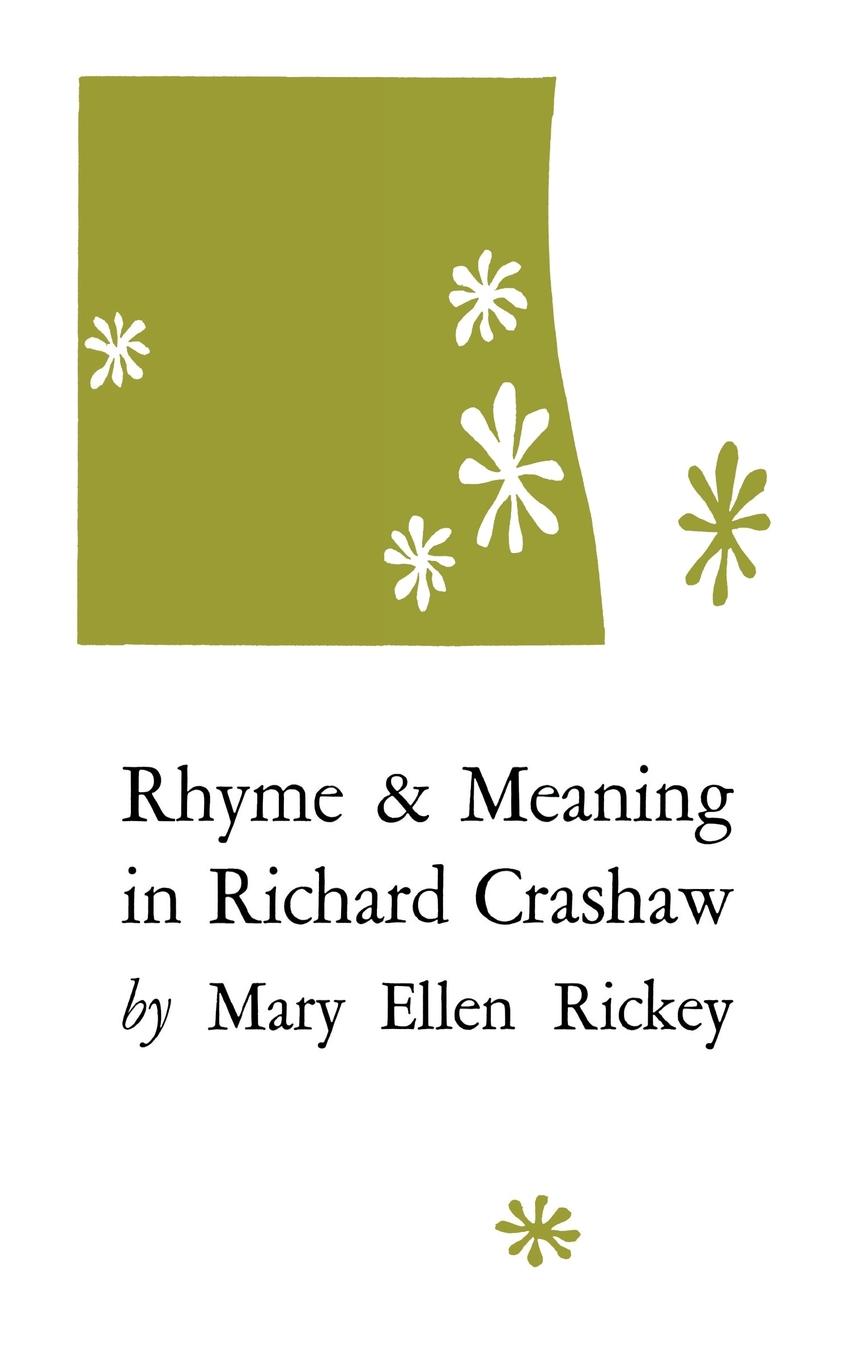
RHYME AND MEANING IN
RICHARD CRASHAW
A UNIVERSITY OF
KENTUCKY STUDY
IN RICHARD CRASHAW
by MARY ELLEN RICKEY

Copyright 1961 by the University of Kentucky Press
Printed by the
University of Kentucky Printing Division
Library of Congress Catalog Card
No. 61-15622
FOR ANTS ORAS
This is the first title to be published in the University Studies Program of the University of Kentucky Press. Rush Welter in his recent book, Problems of Scholarly Publication in the Humanities and Social Sciences (American Council of Learned Societies, 1959), has shown that few established outlets exist for the scholarly monographic study which is larger in scope than a journal article but not of the stature of the traditional scholarly book. In answer to this need, the University Studies Program is designed both to encourage members of the University of Kentucky faculty to undertake monographic writing of this kind and to provide an assured means for its publication. The humanities and social sciences are the normal areas for these studies, although an occasional monograph in the natural sciences dealing with social or cultural aspects of its subject is anticipated.
Editor of the University Studies Program is Thomas B. Stroup. Evaluation and other selection procedures for manuscripts in the program are identical with those employed in the regular book program of the University of Kentucky Press, from which these studies differ only in length and in scope.
I wish to express my grateful indebtedness to the many students of Renaissance prosody, most of them named within this study, whose findings initially interested me in the problems of Richard Crashaws rhymecraft. More directly, I should like to thank Professors Ants Oras and Thomas B. Stroup for their careful reading and many illuminating comments.
Lexington, KentuckyMARY ELLEN RICKEY
August 16, 1960
RECENT scholarship has been much concerned with the group of poets known as the Metaphysicals, and the result is that we now know a great deal about the sources and management of their imagery, their ideological equipment, and their literary reputations. It is widely acknowledged that most of the members of the group were skilled and careful versifiers; yet this concept is frequently expressed only in passing and as a corollary to their general excellence. There are obvious exceptions to this trendLegouiss study of Donne and Palmers of Herbert, for examplebut by and large, commentary on their technique proper has concentrated on only one aspect: the handling of imagery.
The so-called Metaphysicals were, however, at least as careful in the business of making the physical structures in which their ideas and images were enclosed as they were in the selection of these ideas and images. A study of their meters, rhythms, and rhymes not only convinces one of their ability as craftsmen, but sheds much light on the meaning of their poems. This is most strikingly true of their rhyme arrangements, perhaps because of the relative tangibleness of rhyme. The rhyme patterns of these poets at their best are intricate not merely for the sake of being so, or to demonstrate their makers proverbial ingenuity, but for the sake of shaping and reinforcing effects that the designs have on the individual poems.
In most of the prosodical handbooks and histories, the relationship of rhyme and meaning is treated summarily.
One or two entirely different pronouncements might be mentioned. Edward D. Snyder claims for rhyme an important share, along with rhythm, in the inducement of an actual hypnoidal state in the person listening to what he calls anti-intellectual poetry.
These theories, all dealing with the phenomenon of rhyme rather than with rhyme designs themselves, are attractive and frequently useful; yet one finds that they are indeed ineffectual weapons when he tries to use them to penetrate the thick stuff of Richard Crashaws rhyme arrangements. For in Crashaws verse, it is the arrangements, not the mere existence of rhyme, which have the real effect on the startled reader. It is with rhyme patterning, then, that the student of Crashaw must work if he is to enlighten himself about the principles of the poets craft.
Simplifying for the moment, one might say that in Crashaw (as in all poets using rhymes) there are two constant aspects of rhyme arrangements: the stanza patterns and the larger patterns formed by rhyme repetition. When all of the stanzas in a single poem have the same rhyme scheme, it might at first appear that the stanza is the largest structural unit that can be governed by rhymes. This is not true. Crashaw, particularly in his early verse, makes significant use of stanza linking through end-rhyme repetition, a device used consciously in English since the Middle Ages. He makes further use of rhyme repetition in nonadjacent stanzas. In his later verse, where he seldom uses a set stanza pattern, his opportunities for unusual rhyme effects increase sharply. In addition to those practicable in a poem of regular stanzas, the possibilities for partial or varied repetition of rhyme patternswith or without the repetition of the exact rhyme wordsare legion.
Crashaw obviously not only liked rhyme patterning in general, but he enjoyed repeating certain specific rhyme words. Nearly all Crashaw students have noticed these rhyme words which appear again and again through his verse, recurring both in a single poem and from one piece of verse to another. The problem of these recurrences is a curious one. Do they indicate Crashaws lack of facility in contriving rhymes, or possibly a small poetic vocabulary? A consideration of examples of the same rhyme pairs used in different periods of Crashaws writing, as well as an examination of his extensive revisions, has convinced me that neither of these two suppositions could be true. The rhymes recur, as I shall demonstrate, because of connotations which they acquired for Crashaw and because he could insert substantial volumes of meaning and emotion into a passage of verse by using some of these charged rhyme words.
But what of the designs formed by these recurrences within a single poem? Is Crashaw consistently aware of them? If so, of what use are they? Clearly a concise formula will not cover the whole course of his poetic development; but as I hope to make clear in this study of Crashaws rhymes, the poet is more than a mere provoker of bizarre emotions who cares little for the disciplines of poetry. He is conscious of his rhymes and their distribution, as he is conscious of other poetic raw materials. This awareness of his surely deserves exploration.
THE INTRICACY of Crashaws rhyme patterning bears testimony to the interest which he must have had in rhymes as such. This poet, like many of his immediate predecessorsnotably Herbertplaced great emphasis on line endings and the shaping effect which they could be made to give to his verses. Most Crashaw commentators have noticed his rhymes and used them as just another bit of evidence to support their diagnosis of him as a Baroque writer. Yet two striking characteristics of these rhymes have apparently gone unobserved: first, the fact that his favorites, the ones which he repeats most frequently, comprise a small vocabulary that he uses very little in the beginnings and middles of his lines; and second, that he has to an uncommon degree favorite rhyme combinations and sequences which appear to have well-defined associations for him.
Font size:
Interval:
Bookmark:
Similar books «Rhyme and Meaning in Richard Crashaw»
Look at similar books to Rhyme and Meaning in Richard Crashaw. We have selected literature similar in name and meaning in the hope of providing readers with more options to find new, interesting, not yet read works.
Discussion, reviews of the book Rhyme and Meaning in Richard Crashaw and just readers' own opinions. Leave your comments, write what you think about the work, its meaning or the main characters. Specify what exactly you liked and what you didn't like, and why you think so.

